Sternocleidomastoid stretch exercise: Health benefits, How to do?
Sternocleidomastoid stretch exercise is the best stretching to improve mobility in your neck that helps to relive neck posture and neck pain related condition. This exercise are easy to perform home exercise you can start in the early morning.
Neck muscle tightness is the most common cause of neck pain where SCM is the part of the neck muscles group. Regular stretching exercise helps you to improve mobility of the neck.
What is the Sternocleidomastoid stretch?
The SCM (sternocleidomastoid) is your neck muscle that is commonly related to neck pain and poor hunched posture. This neck stretch is performed to relieve tension in the SCM muscle, improve movement, and reduce neck pain.
The sternocleidomastoid (SCM) muscle is situated at the base of your skull on both sides of your neck, behind your ears. On either side of your neck, each muscle runs down the front of your neck and divide to attach to the top of your sternum and clavicle. The functions of this muscle are:
- side to side head rotation,
- side flexion of the neck on both sides,
- forward bending or flexion of the neck,
- helps in breathing and respiration,
- stabilization of the neck from the downward drop helps in swallowing and chewing.
What are the benefits of SCM stretch?
There are some common benefits of SCM stretching:
- Increase range of motion of the neck
- Improve blood circulation in the neck area
- Relieve tension in SCM muscle
- Reduce or relieve neck pain
- Reduce stiffness in the neck
Types of Sternocleidomastoid stretch
There are some traditional methods to perform SCM stretching
1) How to do this stretch – Take a Sitting position in front of a table.
Keep your chin down and in during this stretch.
Place your right fist on the right side of your chin.
Place your right elbow onto the front of the table.
Put the weight of your head onto your right fist.
Now tilt your head on the right side.
Give pressure to the chin to increase the stretch.
You can feel a firm stretch in the left side of the neck.
Hold this stretch for 30 seconds.
Perform on the opposite side.
2) How to do this stretch – Tuck your chin inward and downward.
Tilt your head to the right side.
Place your right hand on the left side of your head.
Give a downward pressure.
Gently turn your head to the left side.
You can feel a firm stretch in the left Sternocleidomastoid.
Hold this stretch for 30 seconds.
Repeat on the left side.
3) How to do this stretch – Put your fingers on top of your left collar bone. Pull the skin down.
Tuck your chin inward and downward.
Slowly turn your head towards the left side.
Tilt your head towards the right side.
You can feel a stretch on the left Sternocleidomastoid.
Hold this stretch for 30 seconds.
Repeat on the right side.
SCM stretch has some variation:
- Chair lean
- Neck elongation
- Head tilts
- Revolved triangle
- Upward plank
Chair lean
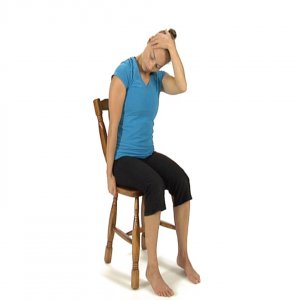
How to do this stretch – Take a sit on a chair.
Using your left hand, grab onto the side of the chair.
Your shoulder is completely relaxed.
Lean your body fully towards the right.
Tuck your chin inward and downward.
Tilt your head towards the right side.
Put your right hand on the left side of your head
Give a downward pressure.
You can feel a stretch on the left Sternocleidomastoid.
Hold this stretch for 30 seconds.
Repeat on the right side.
Neck elongation
How to do – Tuck your chin inward and downward.
Slide your head towards the left side.
Elongate the left side of your neck in an upwards direction.
You can feel a stretch on the left side of the neck.
Change the sides.
Do 30 repetitions.
Head tilts

How to do – Take a Sitting or standing position facing forward.
Exhale as you slowly tilt your left ear down toward your shoulder.
Use your left hand to give gentle pressure to your head.
Hold it for a few seconds, you can feel a stretch on the side of your neck down to your clavicle.
Inhale and return to the beginning position.
Repeat on the right side.
Do 10 tilts on both sides.
Revolved Triangle

How to do – Stand tall and your feet around 4 feet apart.
Face your left toes forward and your right toes out at a slight angle.
Square your hips and look forward in the same direction your left toes are pointing.
Lift your both arms upward at either side so they are parallel to the ground.
Slowly forward bend at your hips, stopping when your upper body is parallel to the ground.
Bring your right hand to your leg, or the ground as far as you can touch.
Extend your left arm straight up with your palm facing opposite from your body.
Turn to look upward towards your left thumb.
Exhale and turn your neck downward at the ground.
Inhale as you return to look upward.
Keep your other body parts stable and do this neck rotation while staying 1 minute in that position.
Do on the other side.
Upward Plank
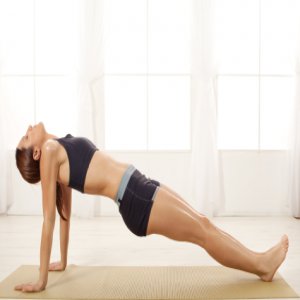
In this pose, you can hang your head back and down to relieve tension in your neck and shoulder. If you feel uncomfortable then you can use a chair or wall for support. Make sure the neck is fully relaxed, otherwise it compresses the spine. If you feel uncomfortable hanging back, you can tuck the chin inward into the chest and lengthen your neck muscles. Focus on occupying your neck muscles without strain injury.
How to do this stretch – take a long sitting position.
Press your palms into the ground by the side of your hips.
Lift your hips upward and put your feet under your knees.
Deepen the stretch by straightening your legs.
Open your chest and your head is drop backwards.
Hold that position for 30 seconds and perform it 3 times.
Precautions and safety for Sternocleidomastoid stretch:
- Warm-up first – When you do stretching, firstly do warm-up. Then start your stretching. It is necessary for good stretching and the prevention of injuries.
- Increase stretch gradually – If you are a beginner then keep in mind that doesn’t give extra force during a stretch which gives you an extra or deep stretch in your starting. Avoid that deep stretch and increase stretch gradually after some time. Starting with end or deep stretch put you in danger or do an injury like a sprain.
- Know your limits – When you perform stretching, during that if you feel any pain stop there. that sensation is going too deep into the stretch. Stop the movement immediately when you feel pain. The signs of feeling pain are any joint pain or clenching of the jaw.
- Avoids dangerous methods – Ballistic stretching is dangerous that includes bouncing the muscles. This causes micro trauma in your muscles. This reduces the flexibility of muscles. Make sure movement should be even and smooth, not bouncy or jagged.
When you don’t perform SCM stretching
There are some things when you don’t perform stretching:
- Don’t perform while you have previous injuries.
- Don’t perform when you have pain in your neck joint.
- Don’t perform during sprain in your muscle.
- Avoid stretching during fracture of the spine or around the neck joint like clavicle fracture.
- If you have any neck-related disease, then don’t perform the stretch.


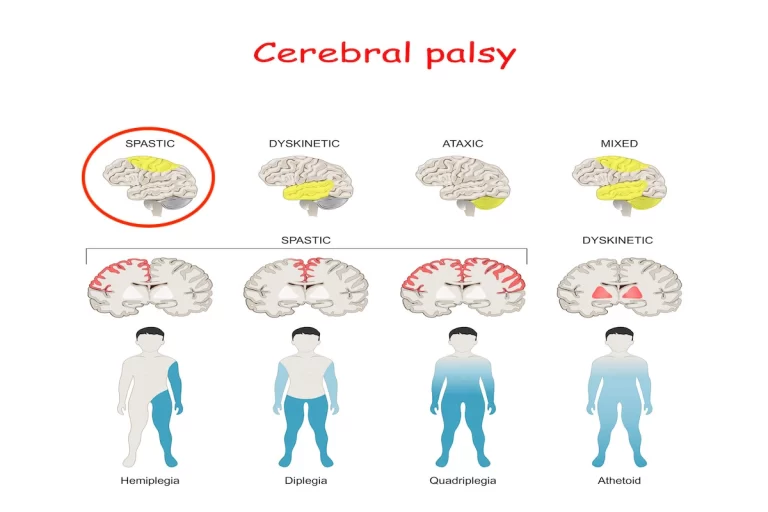
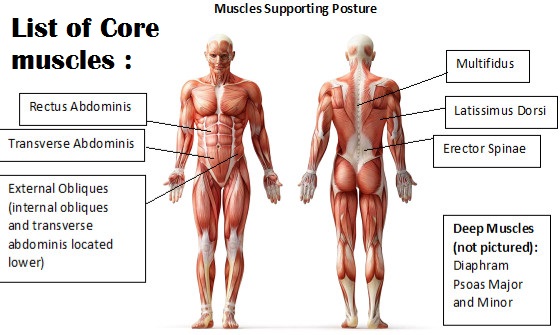
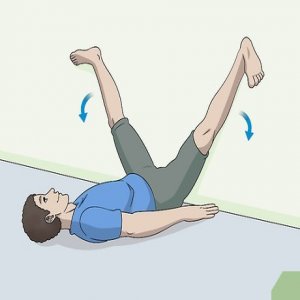
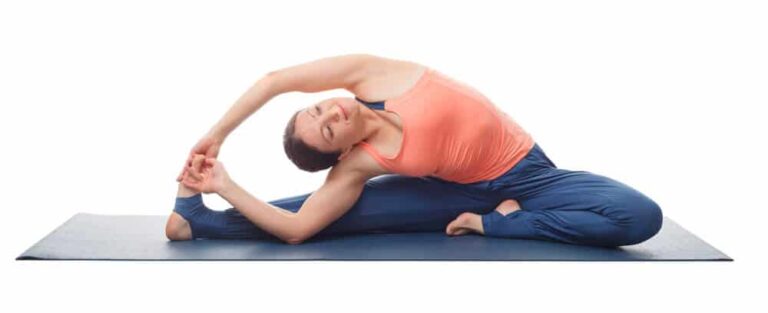
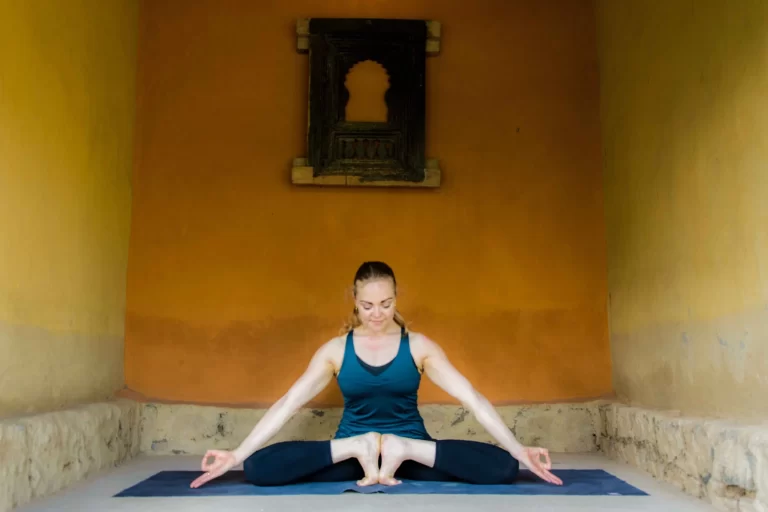
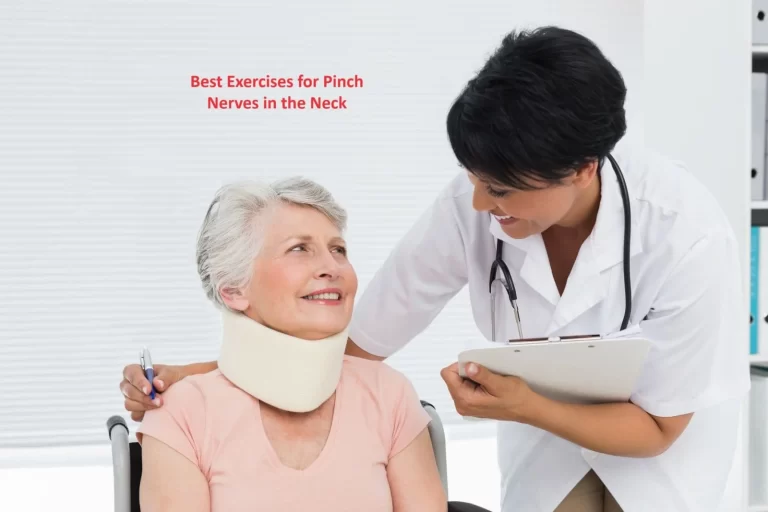
One Comment